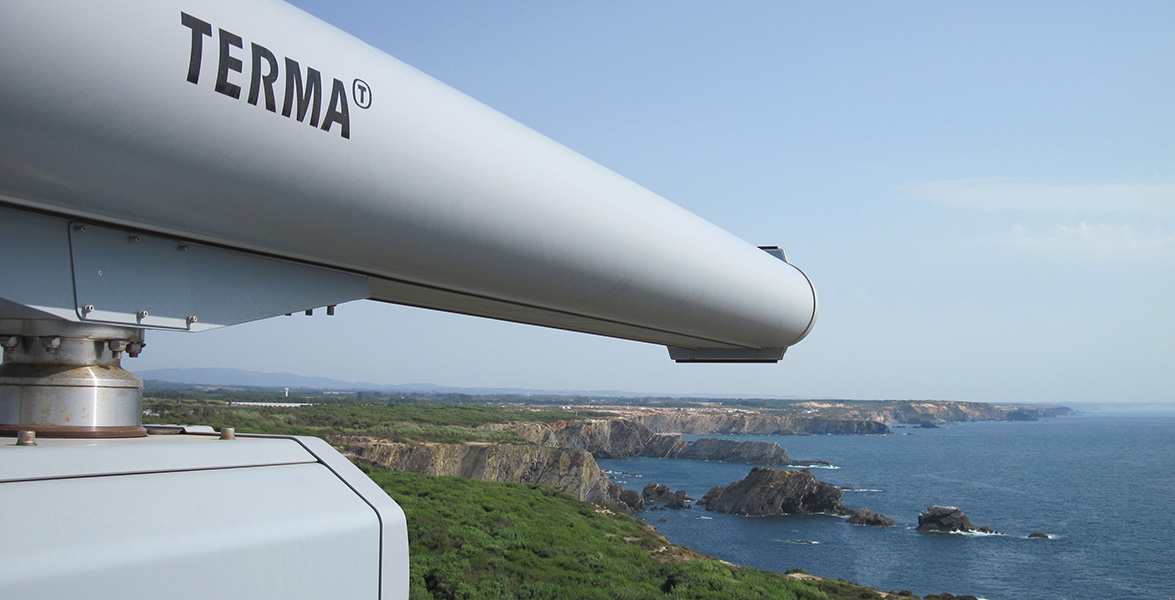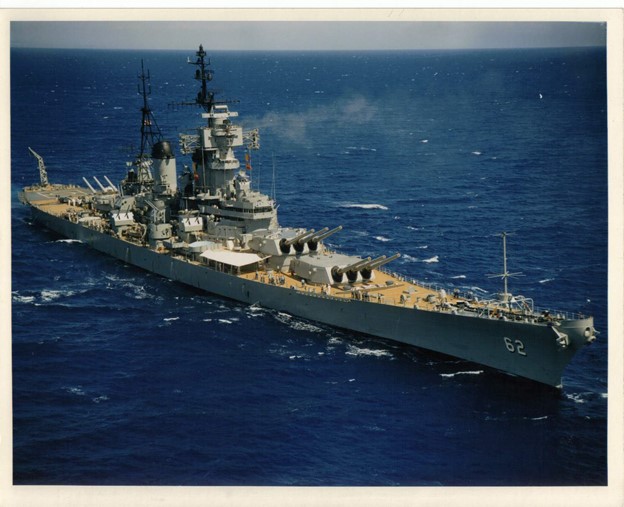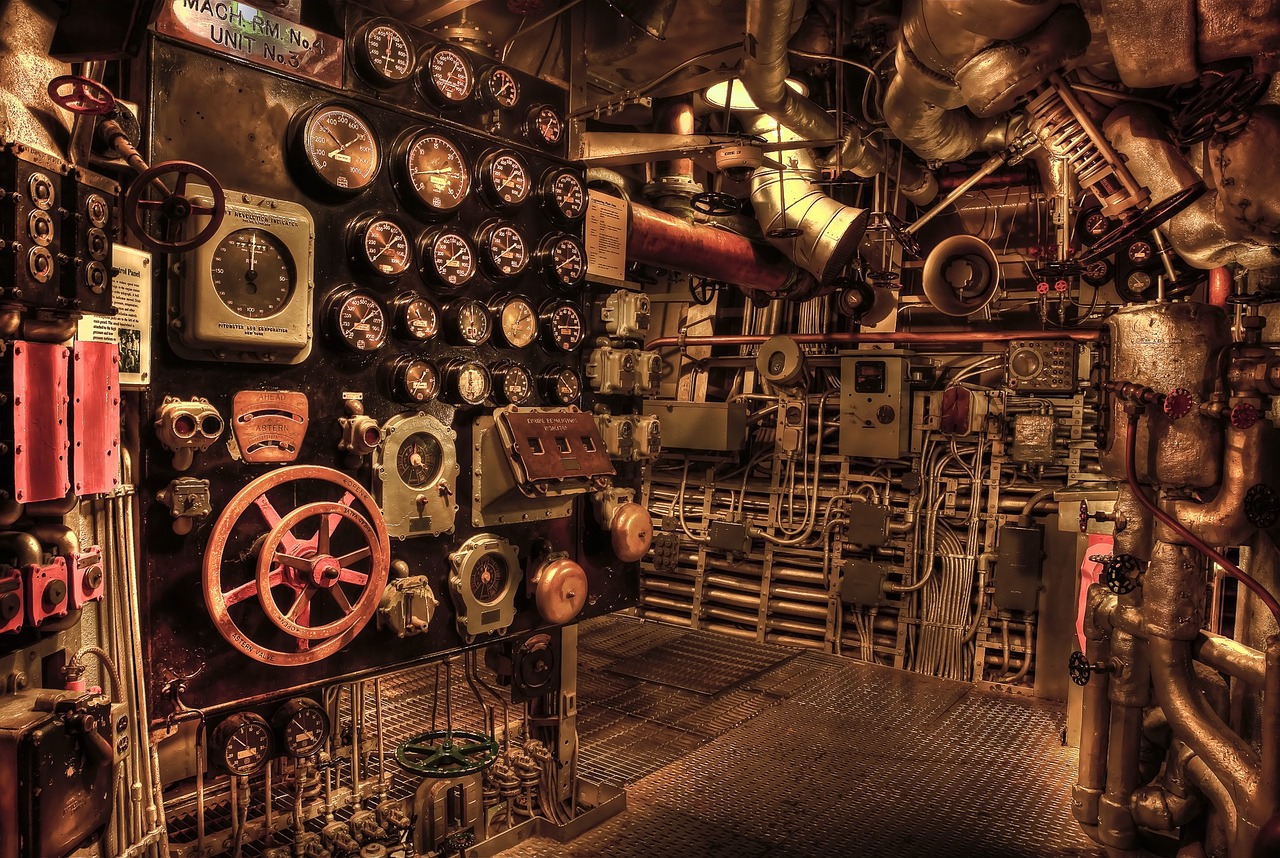Table of Contents
World War II, one of the most significant conflicts in human history, saw the involvement of nations on a global scale. While battles raged on land, in the air, and at sea, one unexpected group of heroes played a crucial role in the war effort—the humble lighthouses. In this article, we delve into the little-known but vital contribution of lighthouses to naval history during World War II.
World War II, often referred to as the “war to end all wars,” indeed marked one of the darkest and most significant chapters in human history. With nations engaged in a global struggle that encompassed nearly every corner of the world, the conflict was characterized by its multifaceted nature, involving not only armies, navies, and air forces but also an array of unexpected heroes. Among these unsung champions were the unassuming lighthouses, whose vital role in naval history during World War II exemplifies the resilience and adaptability of both technology and the human spirit.
1. The Global Theater of War
World War II was unique in its global scope. It spanned continents and oceans, engulfing nations in a maelstrom of conflict. While much attention is understandably focused on the military operations on land, sea, and air, the maritime theater of the war was equally critical. The movement of troops, supplies, and equipment across vast oceans and the protection of vital sea lanes were pivotal aspects of the conflict.
2. Lighthouses: Beacons of Hope and Navigation
Lighthouses, typically associated with guiding ships through treacherous waters, found themselves thrust into an unprecedented role during World War II. These steadfast coastal beacons took on the dual responsibility of continuing their traditional function—guiding ships—and adapting to the urgent wartime needs of maintaining secrecy and security along coastlines.
3. The Paradox of Blackout Measures
The outbreak of war necessitated strict blackout measures along coastlines to prevent enemy submarines and aircraft from using lighthouse beams as navigational aids. This posed a paradox for lighthouse keepers—they had to maintain their navigational role while adhering to blackout regulations. Ingeniously, they painted over windows, masked their beams, and ensured their lights were visible only to friendly vessels. This dual role showcased the adaptability and dedication of those entrusted with these coastal sentinels.
4. Coastal Surveillance and Intelligence Gathering
Lighthouses transformed into essential coastal surveillance posts. Lighthouse keepers and their structures served as unofficial watchtowers, reporting any suspicious or enemy activity to military authorities. Their elevated positions allowed them to spot enemy ships, submarines, and aircraft, providing invaluable intelligence to naval forces.
5. Communication and Signaling
Lighthouses were equipped with signal lamps capable of transmitting Morse code messages to passing ships or other coastal installations. These signals facilitated the coordination of naval operations, relayed crucial information, and maintained contact between isolated coastal outposts and the broader military network.
6. Legacy and Remembrance
The contribution of lighthouses to naval history during World War II is a lesser-known but significant aspect of the conflict. Their role in safeguarding coastlines, guiding friendly ships, and contributing to maritime defense efforts underscores their importance in a time of crisis. Today, many lighthouses stand as living memorials to the wartime contributions of their keepers and coastal communities. Their enduring legacy serves as a poignant reminder of the vital role they played in World War II, ensuring that their unique chapter in naval history is preserved and honored for generations to come.
For a comprehensive look at this subject, we invite you to read more on this dedicated page: Places – Maritime Heritage (U.S. National Park Service)
Blackout Measures and Coastal Defense
At the outbreak of World War II, the importance of coastal defense and maintaining strict blackout measures along coastlines became evident. Lighthouses, which had traditionally guided ships through treacherous waters, suddenly faced a paradox—they needed to continue assisting navigation while also adhering to blackout regulations to avoid aiding enemy submarines and aircraft.
To address this challenge, lighthouse keepers across the globe diligently painted over their windows to block out light and masked their beams, ensuring they were visible only to friendly vessels. This dual role of serving as navigational aids while safeguarding against enemy attacks showcased the adaptability and dedication of those manning these coastal beacons.
To expand your knowledge on this subject, make sure to read on at this location: Wartime Diversion of US Navy Forces in Response to Public …

Coastal Surveillance and Spotting Enemy Activity
Lighthouses also served as crucial vantage points for coastal surveillance. Lighthouse keepers and their structures became informal watchtowers, reporting any suspicious or enemy activity to military authorities. They played a pivotal role in spotting enemy ships, submarines, and aircraft, providing critical intelligence to naval forces.
In some cases, lighthouse stations were even fortified and armed to defend against potential attacks. These measures highlighted the resourcefulness and versatility of lighthouse personnel during the war.
nullIf you’d like to dive deeper into this subject, there’s more to discover on this page: The Navy in the Cold War Era, 1945-1991

Communication and Signaling
Lighthouses were used for communication and signaling purposes. Many lighthouses were equipped with signal lamps that could transmit Morse code messages to passing ships or other coastal installations. These signals helped coordinate naval operations, relay important information, and maintain contact between isolated coastal outposts and the broader military network.
Lighthouses, often celebrated for their role in guiding ships to safety, held a lesser-known yet equally vital function as communication hubs along coastlines. Beyond their towering beacons, they were equipped with signal lamps that facilitated essential Morse code messages. This communication network served a multitude of purposes, extending far beyond navigation:
Naval Coordination: Lighthouses played a pivotal role in naval operations by aiding in the coordination of ships at sea. During periods of conflict or the need for strategic positioning, naval fleets relied on lighthouse signals to synchronize their movements. The rapid transmission of Morse code messages enabled commanders to deploy resources effectively and respond to changing circumstances.
Relaying Critical Information: Lighthouses acted as vital relay points for transmitting critical information. Messages could be sent from coastal installations or other vessels to lighthouses, which then relayed the messages onward. This ensured the timely dissemination of important updates, ranging from weather conditions to intelligence reports, contributing to maritime safety and efficiency.
Maintaining Contact with Isolated Outposts: In an era when coastal outposts were often isolated from the broader communication network, lighthouses served as lifelines to the outside world. These remote stations relied on lighthouses to maintain contact with distant authorities, request assistance in emergencies, and relay news to coastal communities. This connectivity fostered a sense of security and support in isolated regions.
Assisting Search and Rescue Operations: Lighthouses were integral to search and rescue efforts. When vessels were in distress, they could signal nearby lighthouses for assistance. These distress signals triggered swift responses from nearby rescue teams, highlighting the vital role of lighthouses in saving lives and ensuring the welfare of mariners.
Fostering Economic Growth: The communication capabilities of lighthouses contributed to economic growth by facilitating trade and commerce. Coastal communities relied on lighthouses to receive and transmit information about shipping schedules, cargo, and market conditions. This networked exchange of data promoted efficient trade and prosperity.
Navigational Intelligence: Lighthouse keepers often possessed valuable navigational intelligence due to their constant observation of sea conditions and vessel movements. They would communicate this knowledge to passing ships, helping them navigate safely through challenging waters. In this way, lighthouse keepers became trusted sources of local maritime expertise.
Legacy of Connectivity: While modern communication technology has largely replaced the Morse code signals of lighthouses, these structures remain emblematic of connectivity and resilience. They are enduring reminders of the role technology played in fostering communication, collaboration, and safety along coastlines, even in the most remote and challenging environments.
In conclusion, lighthouses were not merely silent sentinels; they were active participants in the intricate web of coastal communication. Their Morse code signals served as lifelines, connecting coastal communities, naval forces, and isolated outposts to the broader world. Through their dual functions as navigational aids and communication hubs, lighthouses left an indelible mark on maritime history, showcasing the multifaceted contributions of these iconic structures to the well-being of coastal regions and mariners.
If you’d like to dive deeper into this subject, there’s more to discover on this page: Marconi and the South Wellfleet Wireless – Cape Cod National …

Lighthouse Intelligence Networks
Some lighthouses served as hubs for intelligence-gathering networks. Lighthouse keepers and local volunteers kept a vigilant watch on coastal activities, monitoring radio transmissions and signaling patterns. This grassroots intelligence gathering provided valuable insights into enemy movements and contributed to the overall maritime defense effort.
Some lighthouses served as hubs for intelligence-gathering networks, their towering beacons casting both literal and figurative light on the coastal frontlines. Lighthouse keepers, often unsung heroes of wartime, took on an unexpected role as guardians of national security. With their unique vantage points, they and local volunteers became the ever-watchful eyes of coastal communities, forming an intricate web of surveillance that extended far beyond the horizon.
As the world plunged into the depths of conflict, the importance of these coastal outposts became evident. Lighthouse keepers, whose daily routines revolved around maintaining the beacons that guided ships safely through treacherous waters, found themselves tasked with an additional duty – safeguarding their nations from unseen threats. Their dedication and sense of duty transformed their lighthouses into more than just navigational aids; they became vital nodes in a grassroots intelligence-gathering network.
Within the lantern rooms of these lighthouses, keepers not only maintained the flickering flames but also kept a close eye on the skies and waters. Telescopes and binoculars replaced traditional maritime tools, and radio receivers buzzed with coded messages. Lighthouse keepers and their dedicated volunteers meticulously monitored radio transmissions and signaling patterns, deciphering the language of dots and dashes that could mean the difference between victory and defeat.
The intelligence gathered from these humble coastal watchtowers was instrumental in shaping maritime defense efforts. Insights into enemy movements, coded communications intercepts, and observations of unusual naval or aerial activities were rapidly relayed to military command centers. This information became the lifeblood of coastal defense, helping military strategists adjust their plans in real-time and anticipate enemy actions.
Moreover, the lighthouse keepers and volunteers were not just passive observers. They actively participated in the defense of their homeland, engaging in clandestine activities such as reporting on suspicious vessels, coordinating with resistance movements, and even assisting downed pilots. Their unwavering commitment and resourcefulness made them indispensable members of the intelligence-gathering community.
The collaborative efforts of these coastal sentinels transcended the boundaries of nations, as lighthouses in different countries exchanged information to form a global intelligence network. This international cooperation allowed for a broader understanding of enemy movements and intentions, enhancing the collective defense of coastal regions.
In retrospect, the lighthouses that once stood as solitary beacons of hope took on a new identity during times of conflict. They became symbols of resilience, vigilance, and grassroots heroism. The keepers who tended to these lighthouses, often quietly working behind the scenes, played an essential role in safeguarding their nations and shaping the course of history. Their dedication serves as a reminder that even in the darkest of times, the human spirit can shine as brightly as a lighthouse’s beam, guiding us through the storm.
Should you desire more in-depth information, it’s available for your perusal on this page: Coast Guardsman with Thompson submachine gun on board World …

Rescue and Aid to Survivors
In addition to their wartime duties, lighthouses continued to fulfill their traditional role as lifesavers. They provided vital assistance to survivors of naval battles and shipwrecks, offering refuge, medical aid, and communication facilities. Lighthouse keepers and their families often went above and beyond their call of duty, demonstrating remarkable compassion and resilience amidst the chaos of war.
Amidst the tumultuous backdrop of wartime, lighthouses emerged as beacons of compassion and resilience, embodying the unwavering dedication of their keepers and their enduring commitment to saving lives. In addition to their wartime duties, lighthouses continued to serve as vital lifelines for those in need, offering refuge, medical aid, and a glimmer of hope in the darkest of times.
The role of lighthouses as lifesavers during wartime extended far beyond their traditional maritime functions. In the aftermath of naval battles and shipwrecks, these iconic structures became sanctuaries for survivors, providing not only a place of physical safety but also a refuge for battered spirits. Injured and traumatized mariners found solace within the walls of lighthouses, where keepers and their families demonstrated boundless compassion and empathy.
Lighthouse keepers, who were already known for their unwavering commitment to their duties, often went above and beyond during wartime. They became makeshift medics, tending to the wounded and providing whatever medical aid they could muster. Their homes, situated within the lighthouse complexes, became impromptu hospitals, offering shelter and care to those who had endured the ravages of war at sea.
Moreover, lighthouses became critical communication hubs during wartime. Their elevated positions and powerful lighting systems allowed them to transmit messages and signals over great distances. They played pivotal roles in coordinating rescue efforts, relaying distress signals, and guiding search and rescue missions to save survivors from the wreckage of naval encounters.
The resilience of lighthouse keepers and their families during wartime is a testament to the indomitable human spirit. They faced not only the inherent dangers of their isolated coastal postings but also the additional challenges brought by the chaos of war. Despite these hardships, their dedication to preserving life remained unwavering, reminding us that even in the midst of conflict, compassion and humanity can shine through.
In sum, the role of lighthouses during wartime transcended their traditional maritime functions. They became havens of compassion, symbols of hope, and pillars of resilience. The stories of lighthouse keepers and their families who went the extra mile to save lives during these challenging times continue to inspire us with their selflessness and unwavering commitment to the values of compassion and duty.
Looking for more insights? You’ll find them right here in our extended coverage: Time Line 1900’s – 2000’s

Legacy and Remembrance
The role of lighthouses during World War II is an often-overlooked chapter in naval history. Their contribution, however, was invaluable. These coastal sentinels helped safeguard coastlines, guided friendly ships, and played a significant part in the broader effort to secure the seas during a tumultuous period in history.
nullFor additional details, consider exploring the related content available here Navy History Matters

Today, many lighthouses stand as living memorials to the wartime contributions of their keepers and the resilience of coastal communities. Their enduring legacy serves as a reminder of the vital role they played in World War II, ensuring that their unique chapter in naval history is not forgotten.
The lighthouses that once stood as steadfast guardians of maritime safety during World War II have, over time, evolved into more than just navigational aids; they have become living memorials to the wartime contributions of their keepers and the indomitable spirit of coastal communities. These iconic structures bear witness to a chapter in naval history that should never be forgotten, reminding us of the extraordinary courage and dedication of those who served on the home front.
During World War II, lighthouse keepers played a crucial role in the defense of their coastal regions. Many of these dedicated individuals not only continued to operate their beacons but also assumed additional responsibilities, such as air raid monitoring and reporting suspicious activities along the shoreline. Their vigilance and dedication ensured that coastal areas remained secure and that vital supply routes by sea were protected.
The enduring legacy of these lighthouses is a testament to the sacrifices made by keepers and their communities. The structures themselves bear the scars of wartime, with some lighthouses displaying shrapnel damage and others having been temporarily darkened to avoid aiding enemy navigation. These physical reminders of the past serve as poignant symbols of the resilience and determination of those who stood guard during those challenging times.
Moreover, the stories and memories associated with wartime lighthouses are kept alive through oral traditions, historical archives, and local museums. These narratives serve as a bridge between generations, passing down the tales of wartime courage and sacrifice to ensure that the lessons of history are preserved for the future.
Today, these lighthouses stand not only as symbols of maritime safety but also as living memorials to a pivotal period in our shared history. Their enduring legacy reminds us of the important role that coastal communities and their keepers played in safeguarding our shores during World War II. These structures, with their unique blend of history and functionality, continue to inspire us to honor the past, celebrate the present, and safeguard the future. In doing so, they ensure that the valor and resilience of those who served during wartime will forever shine as brightly as their guiding lights.
Additionally, you can find further information on this topic by visiting this page: Doctrine for the U.S. Coast Guard
More links
To delve further into this matter, we encourage you to check out the additional resources provided here: General Order No. 128 (1903) Establishment of Naval Districts
